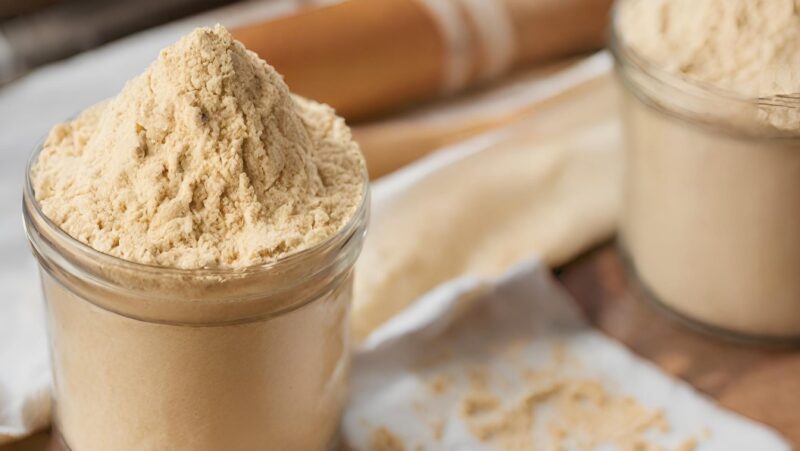Graham flour, a distinctive variety of flour, holds a special place in both the baking world and the health food movement. Named after its inventor, Sylvester Graham, this coarse-ground whole wheat flour emerged during the 1830s as a healthier alternative to the refined white flour that was prevalent at the time.
Its creation was driven by the desire to improve public health and nutrition following the Industrial Revolution. The importance of graham flour extends beyond its nutritional value.
It is a key ingredient in a range of baked goods, most notably graham crackers, which have become a staple in American cuisine. Its unique texture and flavor profile also contribute to various other recipes, offering a nutty, toasted, and slightly sweet taste that enriches the overall sensory experience.
What Is It?
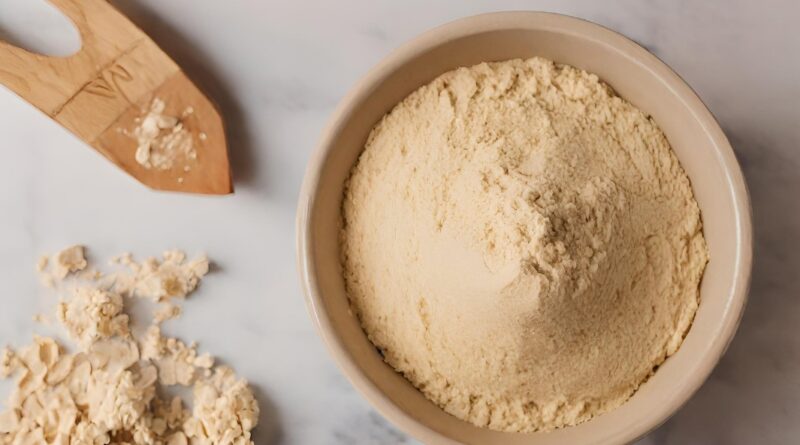
Graham flour stands out as a unique type of whole wheat flour due to its notably coarser texture when compared to standard whole wheat flour. The production of graham flour involves a distinctive milling process where each component of the wheat grain—bran, germ, and endosperm—is milled separately and then recombined.
This method ensures the preservation of the nutritious bran and germ, imparting to the flour its characteristic hearty texture and a rich, nutty flavor.
Its Unique Qualities
In contrast to the finely ground white flour, which lacks the germ and bran, graham flour remains unsifted, unrefined, and unbleached, thus retaining the wheat’s natural nutrients. Its popularity for making graham crackers, as well as a variety of breads and cereals, can be attributed to its unique taste and texture.
The rustic quality of graham flour not only enhances the flavor profile of baked goods but also provides a higher fiber content, making it a healthier alternative.
Historical Background
The eponymous graham flour owes its name to Sylvester Graham, an American Presbyterian minister and a pioneer in the dietary reform movement. Born in the year 1794, Graham was a vocal proponent of a diet that favored vegetarianism, temperance, and the consumption of whole-grain bread.
His advocacy led to the inception of graham flour, along with graham bread and graham crackers, all of which were in line with his health-focused principles. During the transformative period of the 1830s, Graham’s dietary approach was seen as revolutionary, aiming to mitigate the adverse health impacts of the refined white flour that was widespread in the aftermath of the Industrial Revolution.
In Cooking
Graham flour, whether store-bought or homemade, is a type of whole wheat flour that needs to be cooked before eating to make it safe. Raw wheat flour, like graham flour, can contain harmful germs that can make you sick. Cooking the flour kills these germs and makes it safe to eat.
The necessity of cooking graham flour applies to all forms of preparation, whether it is used in baking or other cooking methods. Ensuring that graham flour is properly cooked is a simple yet crucial step in preparing safe and delicious food items.
Common Uses
Graham flour is commonly used in a variety of baked goods due to its rich, nutty flavor and hearty texture. It is an integral ingredient in making traditional graham crackers, which are often combined with honey for a high-fiber treat.
Beyond crackers, graham flour can be used to make pancakes, muffins, cookies, pies, breads, and other baked goods. Some recipes, such as brown bread, utilize graham flour in steamed preparations, showcasing its versatility.
The flour’s unique taste and texture make it a popular choice for adding depth to both sweet and savory recipes. Whether baked or steamed, graham flour contributes a wholesome quality to a wide range of culinary creations.
Baking with Substitutes
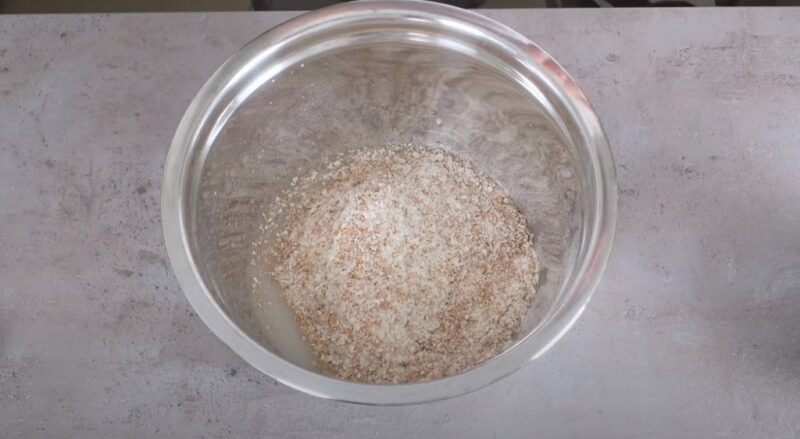
Graham flour is a popular choice for bakers due to its robust flavor and whole-wheat goodness. However, it’s not always readily available.
Thankfully, a variety of substitutes can be used to achieve similar results in your baking endeavors.
Whole Wheat Flour as a Direct Substitute
The best all-around substitute for graham flour is whole wheat flour. Graham flour is a specific type of whole wheat flour, so regular whole wheat flour serves as an excellent replacement.
Alternative Mixtures for Similar Texture and Flavor
An alternative mixture to replicate graham flour can be made using unbleached, unrefined whole wheat flour. If available, unsifted whole wheat flour is preferable.
A combination of 2:1 white flour to wheat bran, with one to two teaspoons of wheat germ per cup, can also mimic the texture and flavor of graham flour, although it won’t completely match its coarse texture or distinct flavor.
Whole Wheat Pastry Flour
Whole wheat pastry flour is another good substitute for graham flour. It is healthier and has a slightly nutty flavor.
This flour is versatile and works well in recipes like cookies, muffins, quickbreads, pancakes, waffles, and even pizza crusts.
Recipes Featuring The Flour
Here are some recipes you can make using Graham flour.
Graham Crackers
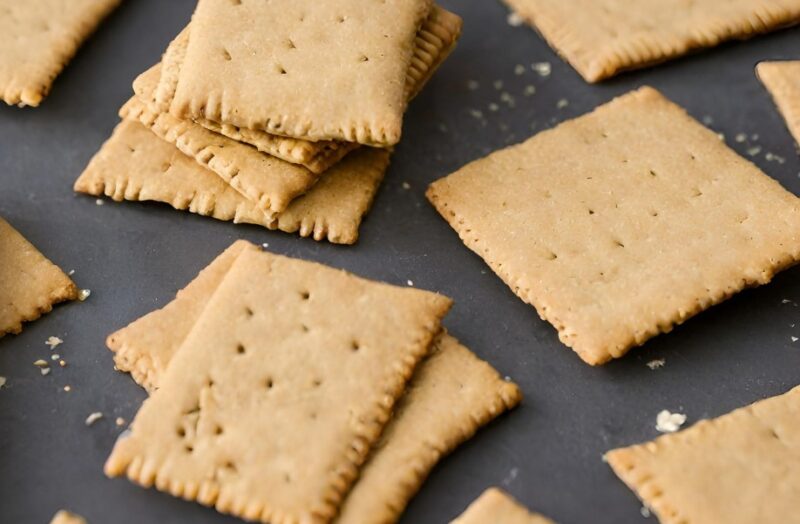
Graham flour is essential for making traditional graham crackers, which are known for their sweet and slightly nutty flavor. The process begins with mixing the graham flour with other ingredients such as honey, milk, and a leavening agent to create a dough.
The dough is then rolled out, cut into rectangles, and baked. After an initial baking period, the crackers are often scored and then returned to the oven to finish baking until they achieve a crisp texture.
These crackers are perfect for snacks or for making s’mores.
Sourdough Crackers
Sourdough crackers made with graham flour incorporate the tangy flavor of sourdough with the richness of graham flour. The recipe typically involves combining sourdough discard with graham flour, butter, and optional herbs for flavor.
The dough is rolled thin, cut into desired shapes, and baked until crisp. These crackers are ideal for pairing with cheese or dips and offer a satisfying crunch.
Irish Wheaten Bread
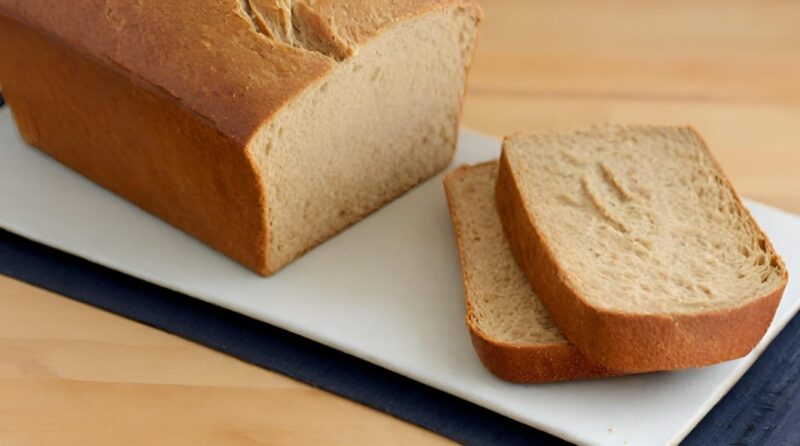
Irish wheaten bread, a staple in Irish cuisine, is often made with graham flour for its dense and hearty texture. The recipe includes mixing graham flour with buttermilk, a sweetener, and a raising agent to form a dough.
The dough is shaped into a loaf, scored on top, and baked until it has a firm crust and soft interior. This bread is commonly enjoyed with butter, cheese, or jam and is a comforting accompaniment to meals.
FAQ
Bottom Line
Graham flour, named after Sylvester Graham, is a distinct kind of whole wheat flour known for its coarser texture and robust flavor. Originating in the 1830s as a healthier option to refined white flour, it was part of a movement aimed at improving public health and nutrition during the Industrial Revolution.
This flour is made through a special milling process where the wheat’s bran, germ, and endosperm are milled separately and then recombined, preserving its nutritious elements and imparting a hearty texture and rich, nutty flavor.
